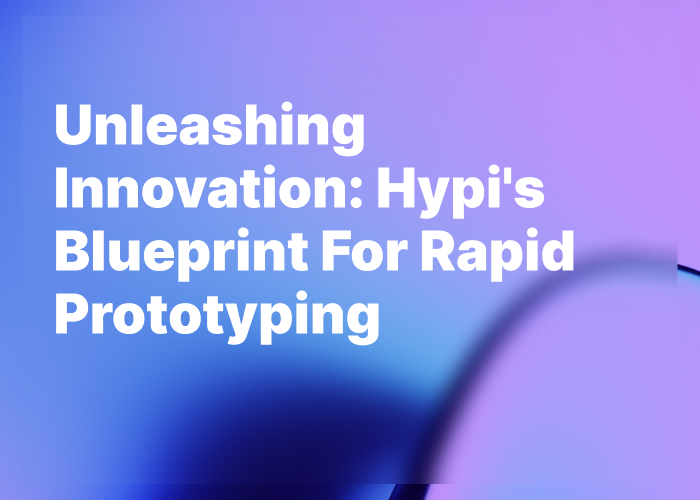Seamless Evolution: From Monolithic to Microservices with Hypi
Accelerating Development and Enhancing Scalability
written by:
Damion Robinson
Transitioning from a monolithic architecture to a microservices-oriented infrastructure is a significant challenge for many organisations. The traditional routes—investing in off-the-shelf solutions or embarking on a lengthy and costly custom development process—present substantial risks and inefficiencies. Hypi's low-code platform offers a transformative alternative, streamlining this evolution while minimizing overhead and accelerating ROI.
The Hypi Advantage in Modernisation
Hypi's low-code solution is designed to integrate seamlessly with existing organisational infrastructures, irrespective of the development methodology in place—be it Agile or Waterfall. This flexibility is a game-changer for teams looking to evolve without the burden of starting from scratch.
Breaking Down Monoliths with Managed Databases
Hypi facilitates the decomposition of monolithic applications into microservices by providing a managed relational database that's fully encrypted, distributed, fault-tolerant, and self-healing. This approach allows organisations to modernise their applications piece by piece, ensuring data integrity and system reliability throughout the process.
Integrating Data with External Tables
One of the challenges in moving to a microservices architecture is maintaining data consistency across different services. Hypi addresses this with the capability to link external tables, enabling cross-system data relationships. Organisations can leverage Hypi's ARCQL query language to securely access and integrate data from various sources, simplifying data management in a microservices ecosystem.
Simplifying Service Development with Auto-generated CRUD
Hypi's auto-generation of CRUD (Create, Read, Update, Delete) APIs for database tables is a significant time-saver. This feature allows teams to quickly isolate and develop microservices for specific functionalities within the larger monolithic system, each backed by robust security measures.
Leveraging Serverless for Scalability
Serverless functions are central to Hypi's strategy for building microservices, allowing organisations to deploy scalable back-end functions with minimal DevOps involvement. These serverless functions support custom specifications and can be triggered by various events, providing a flexible and efficient way to build and scale microservices.
Conclusion: Pioneering Agile Infrastructure with Hypi
Hypi's low-code platform empowers organisations to transition from monolithic to microservices architectures efficiently and effectively. By reducing development redundancies and enhancing developer velocity, Hypi enables businesses to modernise their applications, improve scalability, and achieve faster ROI. In the journey towards a more flexible and scalable infrastructure, Hypi stands out as an indispensable ally.







